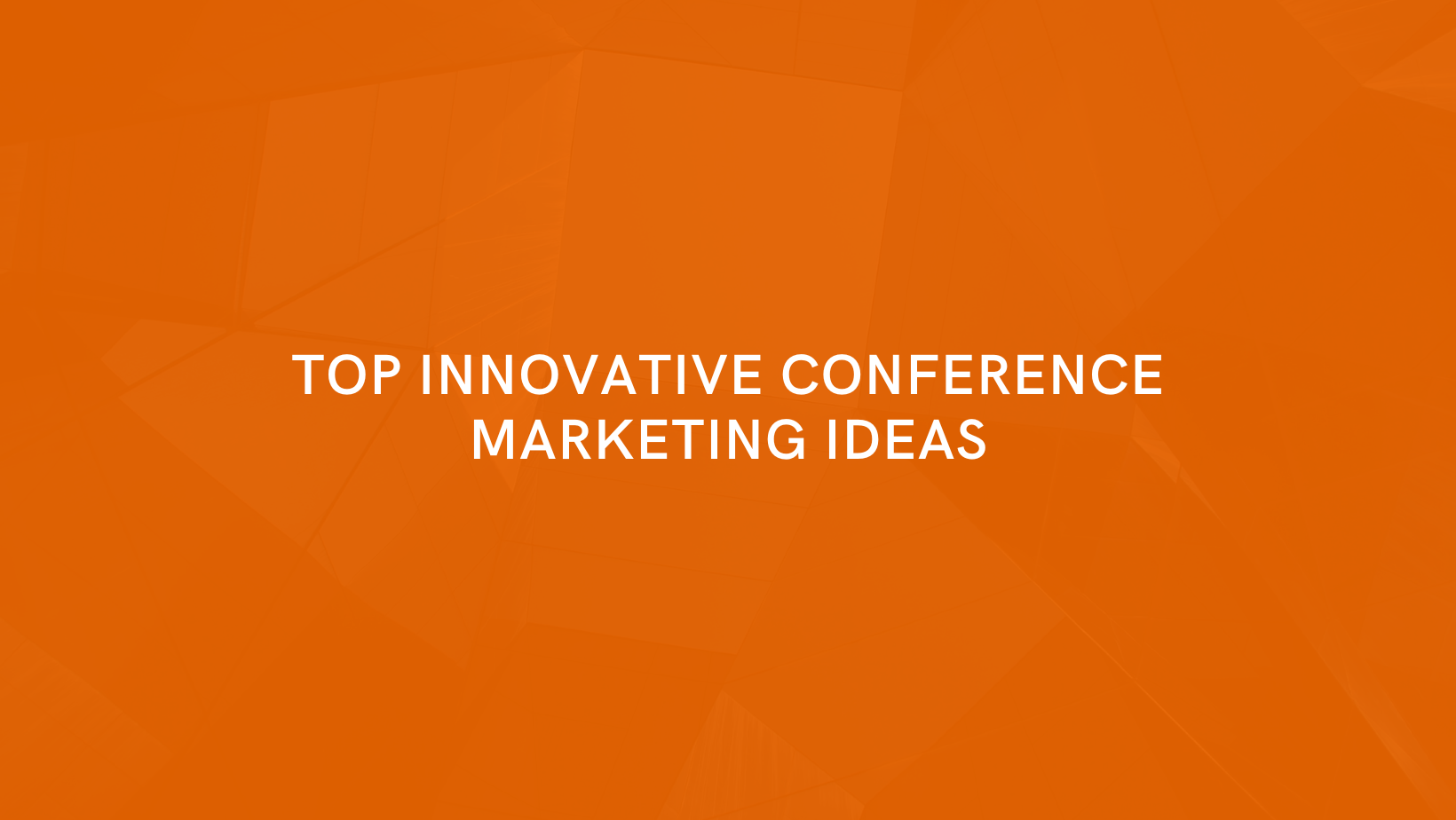Conferences serve as pivotal platforms for knowledge exchange, networking, and industry growth. However, in today’s saturated market, it’s imperative to employ cutting-edge marketing strategies to ensure your event stands out.
In this comprehensive guide, we’ll delve into a multitude of creative conference marketing ideas to elevate your event to new heights.
What Is A Conference?
A conference is a formal gathering of individuals, often professionals, with a shared interest in a specific field, topic, or industry. It provides a platform for participants to exchange knowledge, discuss ideas, present research findings, network, and collaborate. Conferences can vary widely in size, ranging from small workshops or seminars to large-scale international events with thousands of attendees.
Key Features of Conference
Key features of a conference include:
- Purpose and Focus: Conferences are organized around a specific theme, topic, or industry. This focus helps to bring together individuals who share common interests or work in related areas.
- Presentations and Sessions: Conferences typically feature a series of presentations, workshops, panel discussions, and keynote speeches. These sessions are conducted by experts, researchers, practitioners, or thought leaders in the field.
- Audience Diversity: Attendees at conferences can include academics, researchers, professionals, students, industry leaders, policymakers, and other stakeholders. This diversity of participants contributes to a rich exchange of perspectives.
- Networking Opportunities: Conferences provide valuable networking opportunities. Participants can connect with peers, potential collaborators, mentors, and industry contacts. This aspect is often as crucial as the formal sessions themselves.
- Venue and Duration: Conferences can be held in various venues, including convention centers, hotels, universities, and online platforms. They can range from single-day events to multi-day affairs, depending on the scope and purpose of the conference.
- Registration and Fees: Participants typically need to register for conferences, which may involve paying a registration fee. Some conferences offer early bird discounts, student rates, or scholarships to make attendance more accessible.
- Publication and Proceedings: Many conferences provide opportunities for participants to present their research or work, and some publish proceedings or abstracts of the presentations. This can be a significant aspect for academics and researchers.
- Sponsorships and Exhibits: Conferences often have sponsors or exhibitors who showcase products, services, or research. This can be a source of funding for the conference and a way for attendees to learn about industry developments.
- Social Events: In addition to formal sessions, conferences often include social events such as receptions, banquets, and tours. These events offer further opportunities for networking and building relationships in a more relaxed setting.
Overall, conferences play a vital role in professional development, knowledge dissemination, and the advancement of industries and academic fields. They serve as catalysts for innovation and collaboration, allowing individuals to stay informed about the latest trends, research, and practices in their respective areas of interest.
1. Leverage Influencer Partnerships
Collaborating with influencers in your industry can significantly amplify your conference’s reach. Identify key thought leaders and engage them as partners. Encourage them to create content, promote the event on their platforms, or even host sessions. Their endorsement can lend credibility and expand your audience base.
2. Engaging Content Marketing
Produce high-quality content leading up to the conference. This could be in the form of blog posts, whitepapers, or webinars related to the themes and topics of the event. Share this content on social media, and consider guest posting on relevant industry blogs to increase visibility.
3. Personalized Email Campaigns
Craft targeted email campaigns tailored to different segments of your audience. Use attendee data to send personalized invites, updates, and exclusive offers. A/B testing subject lines and content can help optimize engagement rates.
4. Utilize Virtual Reality (VR) and Augmented Reality (AR)
Immerse your audience in the conference experience with VR and AR technologies. Virtual tours, interactive exhibits, and virtual meet-and-greets can add an exciting dimension to your event, especially for remote participants.
5. Leverage Social Media Competitions
Host contests on platforms like Instagram, Twitter, and LinkedIn. Encourage attendees to share their excitement about the conference, using a dedicated hashtag. Offer enticing prizes, such as VIP access or exclusive merchandise, to create buzz and incentivize participation.
6. Host Pre-conference Webinars
Organize webinars featuring keynote speakers or experts slated to appear at the conference. This not only builds anticipation but also offers a taste of the valuable insights attendees can expect. Promote these webinars across your marketing channels.
7. Interactive Landing Page
Design an engaging and user-friendly conference website. Incorporate interactive elements like polls, quizzes, and countdown timers to maintain visitor interest and encourage early registration. Ensure that the website is optimized for mobile devices for a seamless browsing experience.
8. Podcast Partnerships
Collaborate with popular industry podcasts to promote your conference. Sponsor episodes or have your speakers featured as guests to tap into the podcast’s established audience base.
9. Virtual Reality Attendee Socials
For virtual conferences, create virtual lounges or social spaces where attendees can network and engage in casual conversations. Use VR technology to simulate real-world interactions, fostering a sense of community.
10. Utilize Chatbots for Customer Service
Implement AI-powered chatbots on your website and social media channels to provide instant responses to attendee queries. This enhances the attendee experience and ensures they feel supported throughout their journey.
11. Exclusive Early Bird Offers
Encourage early registrations by offering limited-time discounts or exclusive perks for those who sign up in advance. Highlight the value of these offers to incentivize prompt action.
12. Post-event Content Strategy
Extend the lifespan of your conference by repurposing content. Create recap videos, blog posts, and infographics summarizing key takeaways and highlights. Share these across your digital channels to keep the momentum going.
13. Local Partnerships for Physical Events
If your conference is in-person, collaborate with local businesses for cross-promotion. Offer discounts to attendees at nearby restaurants or arrange special deals with local accommodations.
Conclusion
A successful conference hinges on a robust marketing strategy that resonates with your target audience. By integrating these innovative ideas into your marketing plan, you’ll not only increase attendance but also leave a lasting impression on your attendees, ensuring they eagerly anticipate future events. Remember, the key is to adapt and innovate, staying ahead in a dynamic and competitive landscape.





